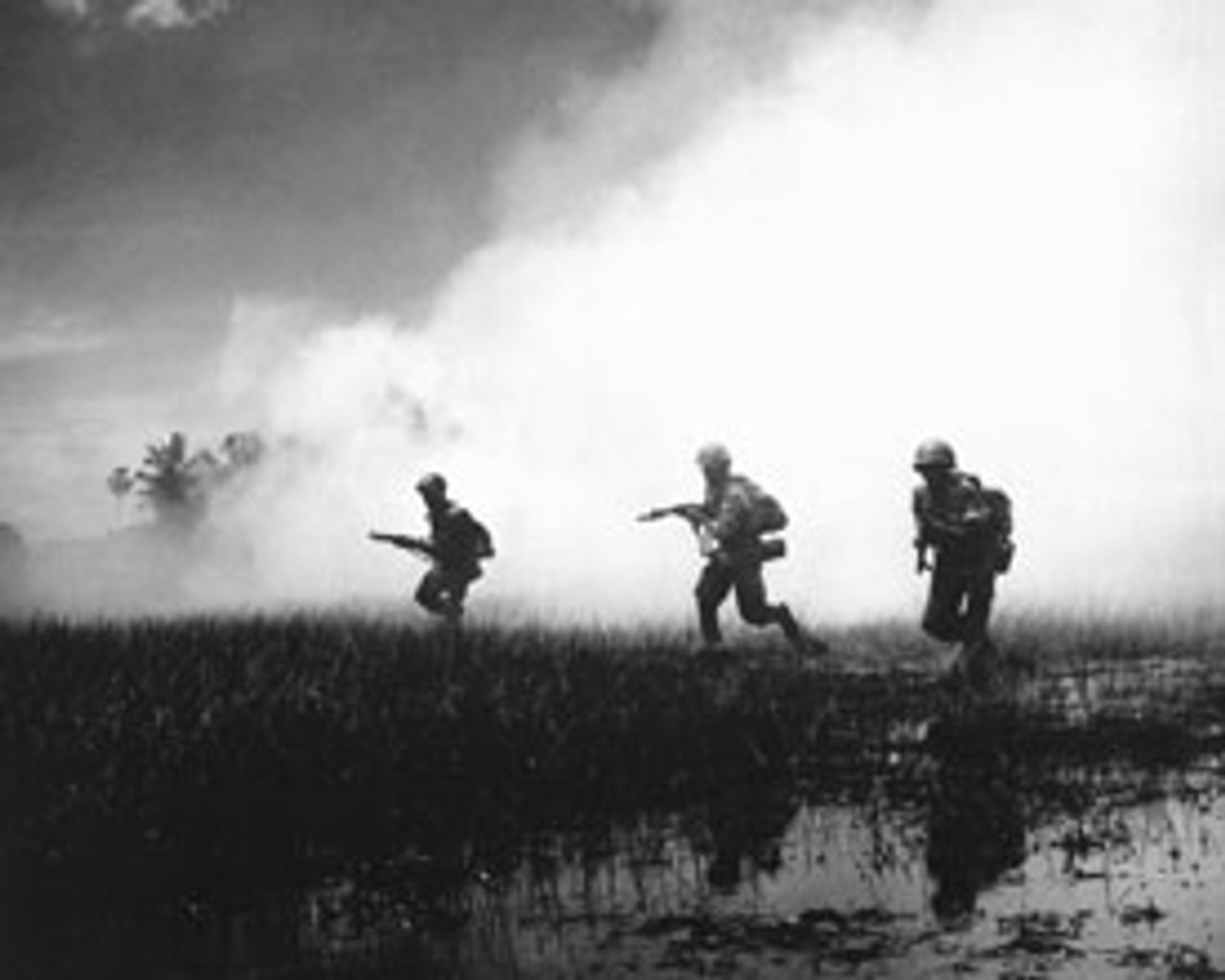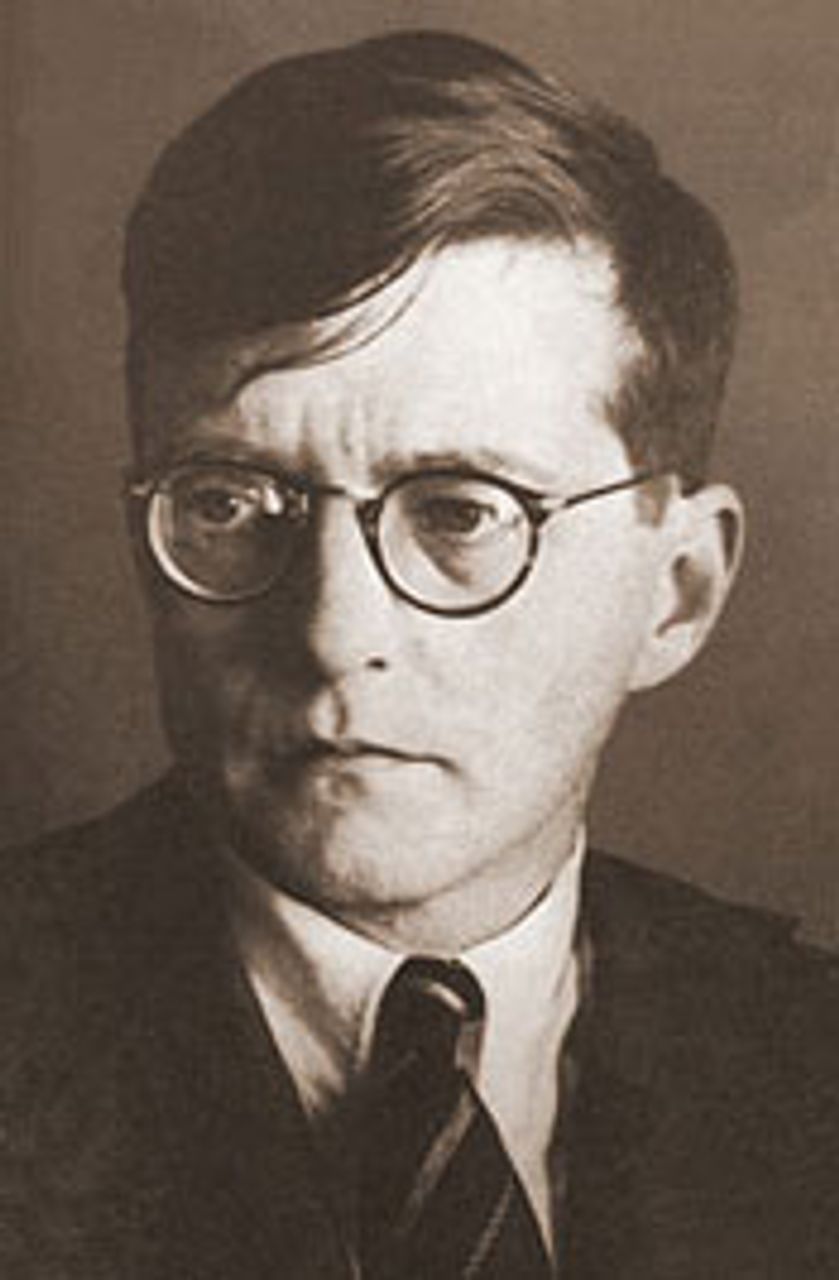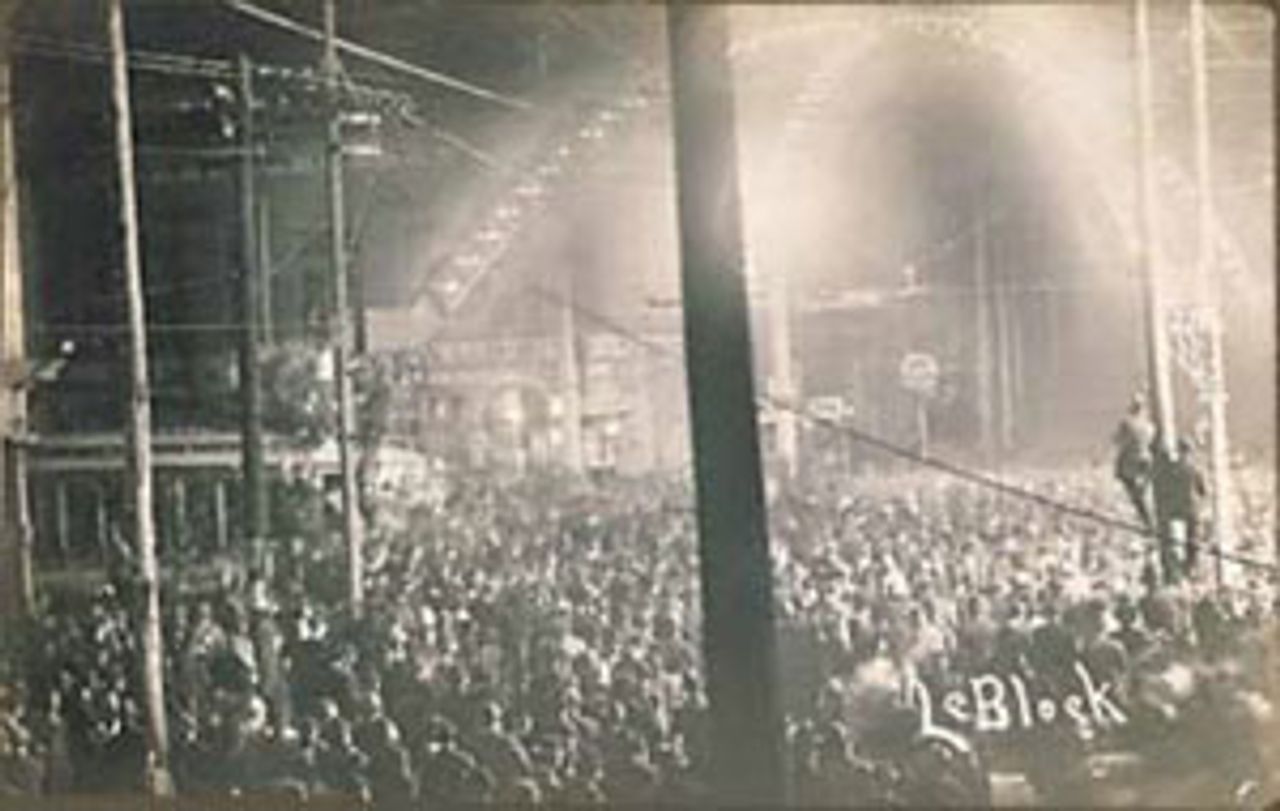This Week in History provides brief synopses of important historical events whose anniversaries fall this week.
25 Years Ago | 50 Years Ago | 75 Years Ago | 100 Years Ago
25 years ago: Space Shuttle Challenger disaster
 Challenger at the moment it began
Challenger at the moment it beganto disintegrate
On January 28, 1986, the Space Shuttle Challenger disintegrated 73 seconds after its takeoff from Cape Canaveral in Florida, killing all seven crew members, including school teacher Christa McAuliffe. It was the worst disaster in the history of space exploration to that point.
For millions of people who were school children at the time, the Challenger disaster is among their first conscious experiences of a world event. Because a teacher was aboard the flight, part of Reagan’s Teacher in Space Program, many classrooms were watching live when Challenger was torn apart.
The Challenger disaster was a major blow to US prestige and to the credibility of the Reagan administration, which was dragooning NASA into its Strategic Defense Initiative, or “Star Wars,” to turn space into another arena of nuclear militarization. More broadly, it was also a demonstration of the disastrous consequences of the subordination of science to private profit and petty political concerns—it came to light afterwards that a number of warnings from scientists had been ignored, that private contractors with NASA had cut corners in order to save money, and that the whole process had been sped up so that Reagan could claim it as a success in his State of the Union address scheduled the same day as the launch.
Contrary to appearances, Challenger did not burst in flames, and the astronauts were not killed instantly. Instead the rocket, shuttle, and fuel tank rapidly disintegrated under immense aerodynamic pressure, the result of the virtually instantaneous spread of a mechanical failure originating in the rubber-like joints in the rocket boosters called “o-rings.” What appeared to be a massive explosion was in fact the release of liquid hydrogen and oxygen with the breakup of the fuel tank. It is known that the crew survived disintegration in the protected flight cabin, and one expert concluded that they lived for nearly three more minutes during which the detached shuttle continued its ascent up to 65,000 feet before plummeting into the ocean with such force that neither the cabin nor the crew could have survived the impact. There was no means of escaping the shuttle; NASA had determined during its development that there would be no need.
50 years ago: Kennedy escalates US involvement in Vietnam
 US equipped South Vietnamese soldiers fight
US equipped South Vietnamese soldiers fightguerillas in 1961.
On January 30, 1961, only ten days after his inauguration, President John Kennedy ordered a significant expansion of US involvement in Vietnam. Kennedy approved $41 million dollars for a counterinsurgency program developed during the Eisenhower administration by Air Force General Edward Lansdale.
The US engagement in Vietnam had begun in 1950, when President Harry Truman commenced supporting the attempt by France to hold onto its colony with money and military advisers. After the defeat of the French at Dien Bien Phu, the Eisenhower administration increased US support for South Vietnam, ruled since 1955 by the corrupt dictatorship of the US puppet Ngo Dinh Diem, whose authoritarian regime’s defense of the landed elite brought it into inevitable conflict with the gathering opposition of the peasants and the urban working class.
Kennedy was preparing a far greater intervention. In his first state of the union address, also delivered January 30, he listed what he perceived to be the major problems facing the US—slow economic growth and relatively high long-term unemployment; “the international balance of payments problem” and pressure on the dollar; the need for greater spending to address social problems. But, Kennedy said, “these problems pale” compared to the demands placed on Washington in the global arena. He listed the crisis in Southeast Asia first.
75 years ago: Shostakovich threatened by Stalinist music review
 Shostakovich in 1942
Shostakovich in 1942Dmitri Shostakovich’s opera “Lady Macbeth of the Mtsensk District” had already been playing for two years to full houses and a universally favorable reception, both in the Soviet Union and abroad. However, Joseph Stalin attended the performance on January 24,1936 in Leningrad. A few days later, on the 28th, a review entitled “Muddle not Music” appeared in the pages of Pravda. Sanctioned by Stalin, the article accused Shostakovich, widely considered one of the greatest composers of the 20th century, of promoting petty bourgeois “formalism” rather than the socialist realism sanctioned by the Soviet state.
In the conservative and philistine Pravda review of the opera, a thinly veiled threat was made against the life of the composer, warning Shostakovich, “It is a game of clever ingenuity that may end very badly.” The review focuses on issues of morality and sex, condemning the portrayal of the provincial murderess. More likely, the unforgiving portrayal of the police in the opera enraged Stalin at a time of savage repression, when Soviet citizens could be pulled from their beds in the middle of the night and sentenced to death. With the Moscow Trials only weeks away and old Bolsheviks Zinoviev and Kamenev already arrested, the Pravda review hung over Shostakovich like a death sentence.
Over the next couple of weeks two further editorials appeared in Pravda attacking Shostakovich. Soviet musicians, directors and composers felt pressured to distance themselves from him and condemn his oeuvre. Shostakovich himself suffered enormous psychological damage as both a person and as an artist. The composer began to keep a packed bag at his front door should he be arrested by the NKVD. Shostakovich composed his Fifth Symphony just three months after the Pravda review and agreed with a journalist who unofficially called the piece “A Soviet artist’s reply to just criticism.” However, when forced eventually to evacuate his home in Leningrad with the Wehrmacht at the gates, the composer took with him just one score—that to “Lady Macbeth of Mtsensk District.”
100 years ago: Mentally retarded black teen hung in Kentucky
 A large crowd views the 1909 lynching of Will James
A large crowd views the 1909 lynching of Will Jamesin Cairo, Illinois
On January 30, 1911, James White, a mentally retarded black youth aged 16, was hung in front of a crowd of thousands in Middlesboro, Kentucky, for the alleged crime of raping a white girl. State Attorney General James Breathitt determined that White could not understand the charges against him, and asked Governor Augustus Wilson to commute the sentence. Wilson acknowledged White was “mentally imperfect,” but determined to carry on with the execution, arguing “if his case is not punished by death, [it] is dangerous to the whole state.”
The day before, a black servant named only “Wash” was accused by his employer, the wife of a wealthy Louisiana sawmill owner, of raping her daughter. While en route to jail, a mob abducted the man. His body was later found hanging from a tree in the forest, riddled with bullets.
Several thousand people were lynched in the US over the past two centuries, most of them black men and most in the South, with the bloodiest period coming between 1890 and 1920. In the same period, thousands more were executed legally for crimes they did not commit. In both the extra-legal lynchings and state executions—the line between the two was often blurred—black men were very often falsely accused of assaulting white women.
The racial violence meted out under “Southern justice” and “Judge Lynch” was in fact a system of political and social terror. It had roots in the slave system, where slaves who resisted, attempted to escape, or organized uprisings were subjected to savage beatings and summary executions to intimidate the entire slave population. It intensified at the end of Reconstruction after the Civil War, when the Ku Klux Klan—essentially the militarized arm of the southern elite and their Democratic Party—was developed to suppress political activity among blacks and Republicans. The terror unleashed against blacks beginning in the 1890s took shape, not coincidentally, just as poor white and poor black sharecroppers were beginning political cooperation—albeit while still segregated—in the populist Farmers Alliance and Colored Farmers Alliance, as the right to vote was being systematically stripped from blacks and most poor whites across the South through poll taxes and literacy tests, and as the segregation of public spaces was ratified by the infamous Supreme Court ruling of Plessy vs. Ferguson.
